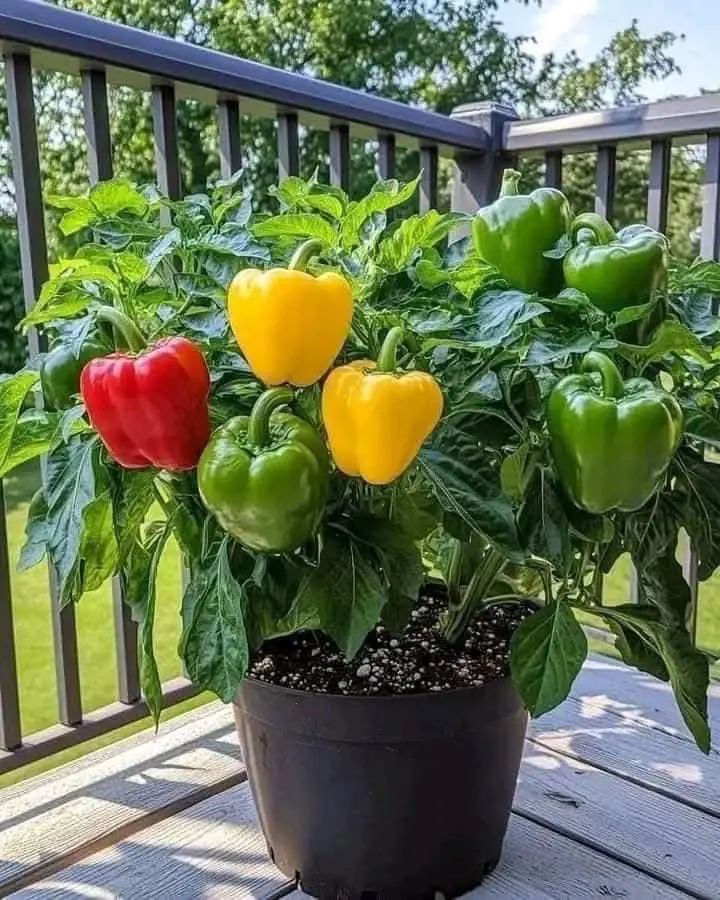
How to Plant a Mango Seed and Successfully Grow
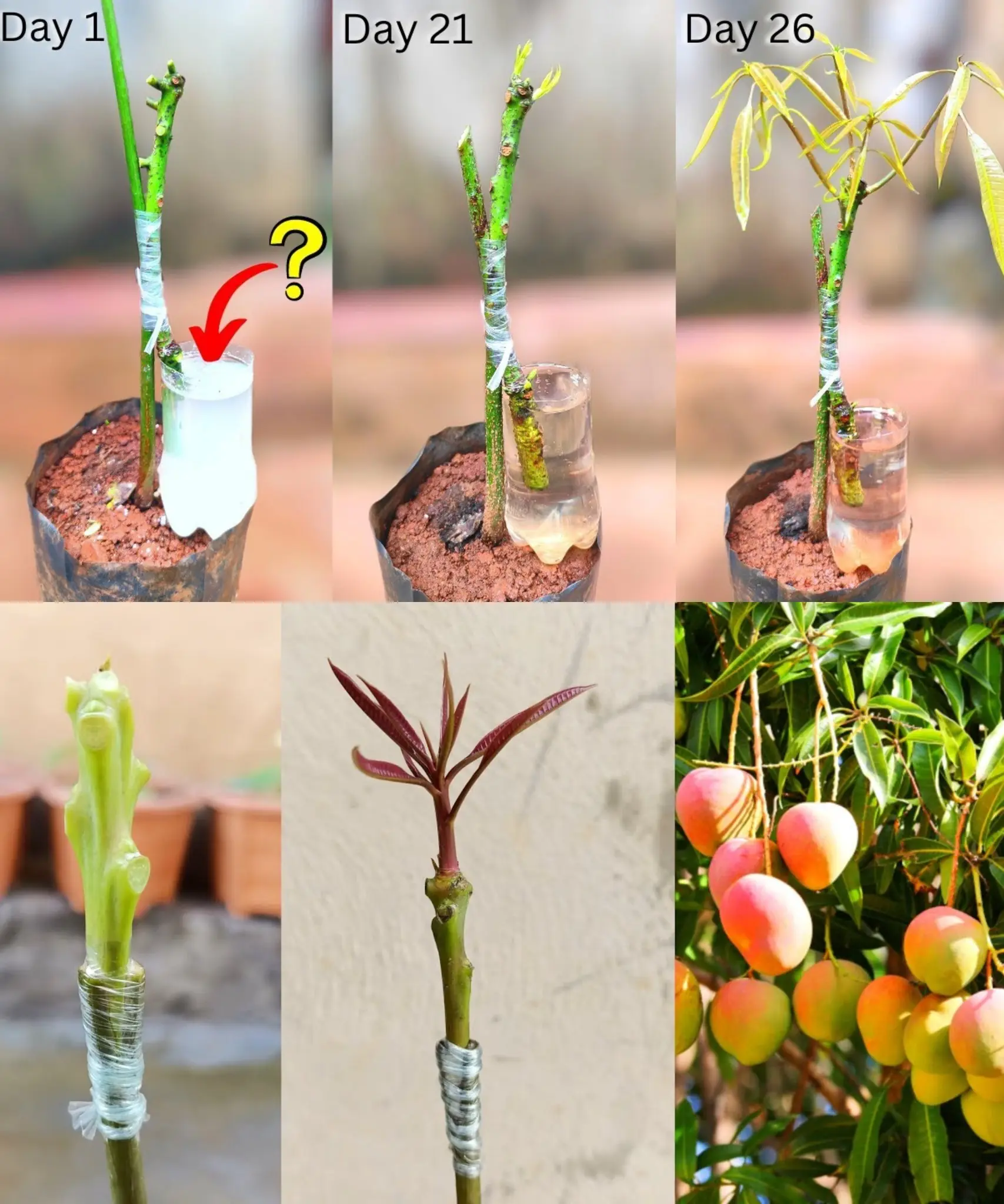
Mangoes are one of the most beloved tropical fruits, known for their juicy sweetness and vibrant flavor. While most people buy mangoes from the store, growing your own mango tree from a seed can be a fun and rewarding process. Not only will you enjoy the satisfaction of growing your own fruit, but you’ll also get to witness the fascinating journey of a mango seed turning into a beautiful tree. Here’s everything you need to know about planting a mango seed and successfully growing your own mango tree.
Step 1: Choose a Ripe Mango
To start the process of growing a mango tree, you'll need to first pick a ripe mango. Choose a mango that is perfectly ripe, as the seed inside will be fresh and viable for planting.
-
Pick a Ripe Mango: The mango should have a strong fragrance, feel slightly soft when pressed, and have vibrant color.
-
Cut the Mango: Carefully cut around the seed to remove the fruit from it. You can eat the mango or save it for later. Be sure to carefully preserve the seed as it will be the foundation of your mango tree.
Step 2: Clean the Mango Seed
Mango seeds are wrapped in a hard outer husk, so you’ll need to remove the husk to expose the inner seed.
-
Remove the Husk: Use a sharp knife to gently cut open the husk of the mango seed. Be cautious not to damage the inner seed. Once the husk is removed, you'll have a flat, oval-shaped seed.
-
Clean the Seed: Rinse the seed with warm water to remove any remaining fruit pulp. Allow it to dry for a day or two before moving to the next step.
Step 3: Germinate the Mango Seed
Now that you have your clean mango seed, it’s time to start germinating it. Mango seeds need a warm, moist environment to sprout.
-
Soak the Seed: Soak the mango seed in water for 24-48 hours. This helps kick-start the germination process.
-
Prepare a Germination Method: There are two common methods for germinating a mango seed: the water method and the paper towel method.
Water Method:
-
Place the Seed in Water: Submerge the mango seed in a glass of water, with the seed facing down. Make sure only the flat side of the seed is submerged.
-
Change the Water Regularly: Change the water every 1-2 days to keep it clean and prevent mold.
-
Wait for the Root to Appear: In about 2-3 weeks, you should begin to see roots emerging from the seed. At this point, it is ready to be planted.
Paper Towel Method:
-
Wrap the Seed: Dampen a paper towel and wrap the mango seed in it.
-
Place it in a Plastic Bag: Put the wrapped seed in a plastic ziplock bag and place it in a warm, dark area (like a kitchen cabinet).
-
Check Regularly: Every few days, check the seed for any signs of sprouting. After 2-3 weeks, the seed should start sprouting with a root and shoot.
Step 4: Plant the Germinated Mango Seed
Once your mango seed has sprouted, it's time to plant it. You’ll need a container, some potting soil, and the right location to ensure the tree grows strong and healthy.
-
Choose a Pot: Select a pot that is at least 12 inches deep with good drainage holes. Mango trees require space to grow their roots, so make sure the pot is large enough.
-
Prepare the Soil: Fill the pot with well-draining soil, such as a mixture of potting soil, sand, and perlite. Mangoes prefer slightly acidic, loamy soil.
-
Plant the Seed: Place the germinated seed into the pot, with the sprouted end facing upward. Cover the seed with soil, but don’t bury it too deep. Leave the top of the seed slightly exposed.
-
Water: Water the soil gently to keep it moist but not soggy. Over-watering can cause the roots to rot, so make sure the pot drains well.
Step 5: Care for the Mango Tree
Mango trees require specific care to thrive and eventually bear fruit. Here are some important care tips:
-
Sunlight: Mango trees need full sunlight to grow well. Place your plant in a sunny spot where it can receive 8-10 hours of direct sunlight daily. If growing indoors, consider using grow lights.
-
Watering: Mango trees prefer a dry-to-moist environment. Water them thoroughly but allow the soil to dry out slightly between waterings. During the growing season, water the plant once a week.
-
Temperature: Mangoes thrive in warm conditions. The ideal temperature for mango trees is between 70°F and 85°F (21°C to 29°C). Avoid placing the tree in areas where temperatures drop below 50°F (10°C), as this can harm the plant.
-
Fertilizing: Use a balanced, slow-release fertilizer during the growing season to encourage healthy growth. Mango trees are heavy feeders, so ensure they get adequate nutrients.
-
Pruning: Prune the tree regularly to remove any dead or damaged leaves. This helps the plant grow stronger and encourages more branches to form.
Step 6: Transplanting Outdoors
If you’re growing the mango tree in a pot, you may want to eventually transplant it into your garden when it’s large enough and the climate allows.
-
Choose a Sunny Location: Mango trees need plenty of sunlight to thrive, so choose a sunny spot with well-drained soil.
-
Planting in the Ground: Dig a hole twice as wide and deep as the root ball. Place the mango tree in the hole and fill it with soil, making sure the tree is level with the surrounding ground. Water thoroughly.
-
Space: Mango trees can grow quite large, so ensure there’s enough space for the tree to spread out.
Step 7: Patience for Fruit
Mango trees can take anywhere from 3 to 6 years to produce fruit, depending on the variety and growing conditions. Once the tree is mature, it will bloom with small white flowers, which will later develop into mangoes. The first batch of fruit is often the smallest, but subsequent seasons will bring larger, sweeter fruit.
Conclusion
Growing a mango tree from a seed is a rewarding experience that requires patience and care. By following the steps outlined above, you can successfully grow a mango tree in your home or garden. Although it may take a few years before your tree bears fruit, the joy of watching a mango grow from seed to harvest is worth the wait. Happy gardening, and enjoy the taste of your homegrown mangoes!
News in the same category

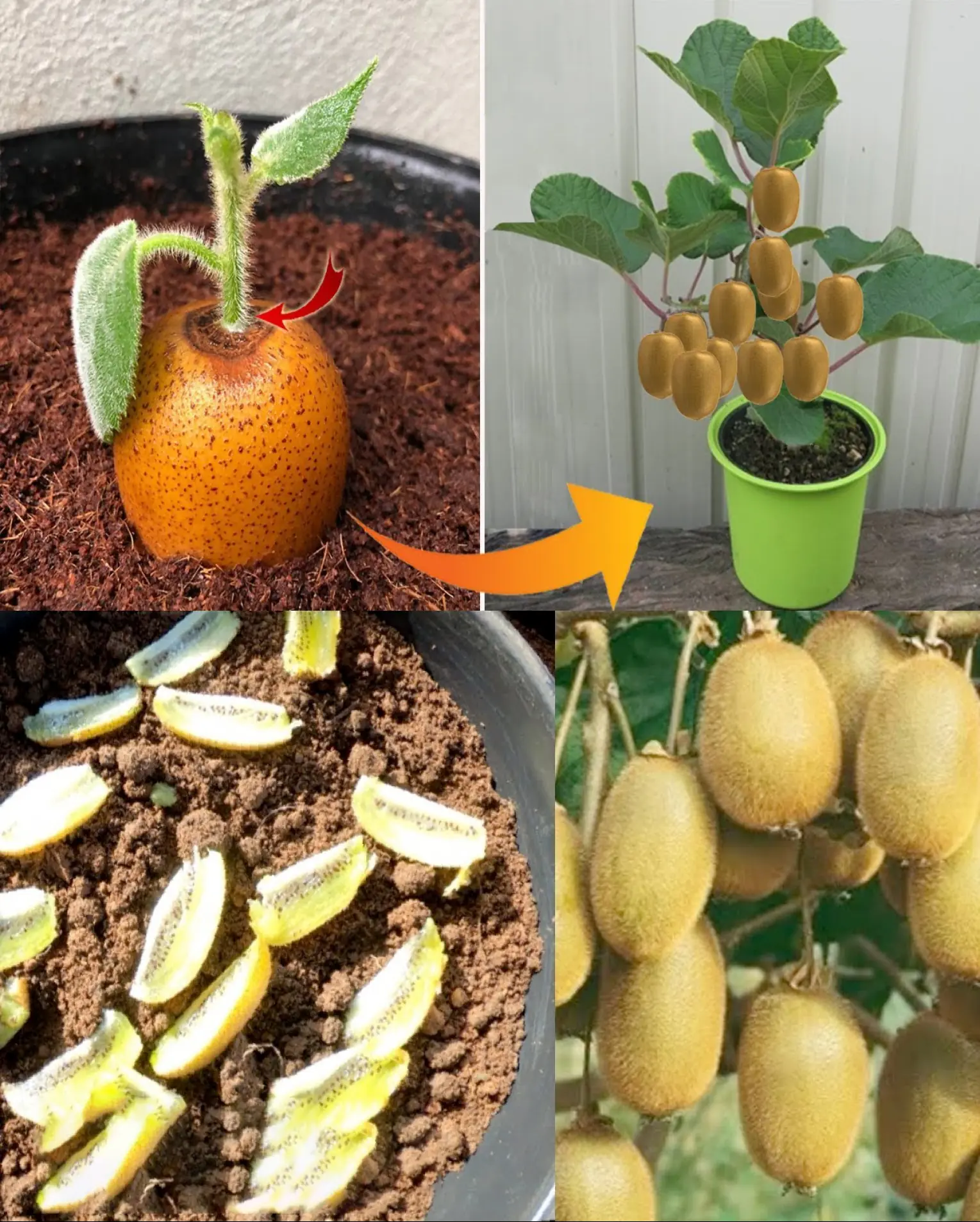
How to Grow Kiwi in Containers at Home
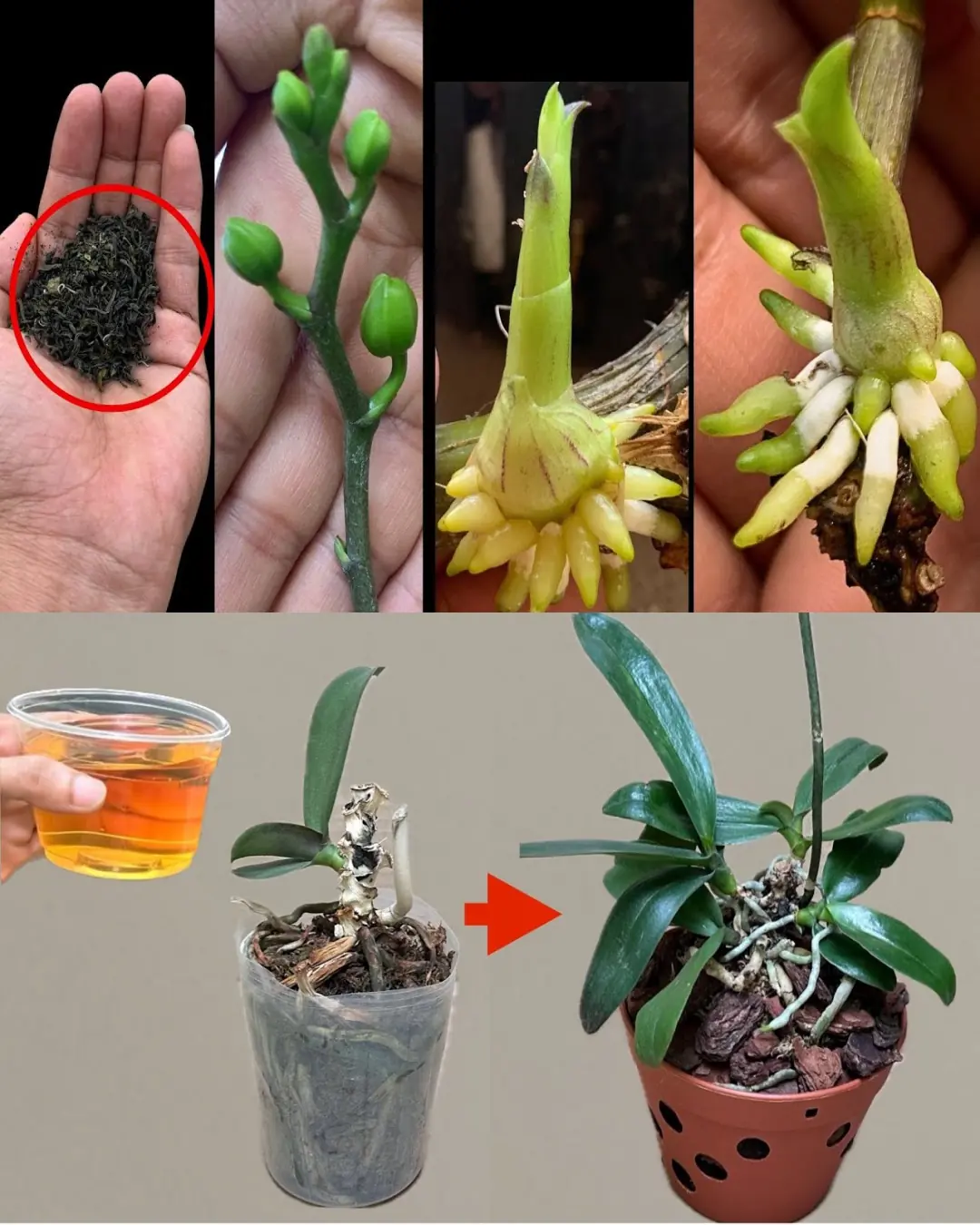
Revitalizing Orchids Using Tea: A Comprehensive Guide with Handy Tips
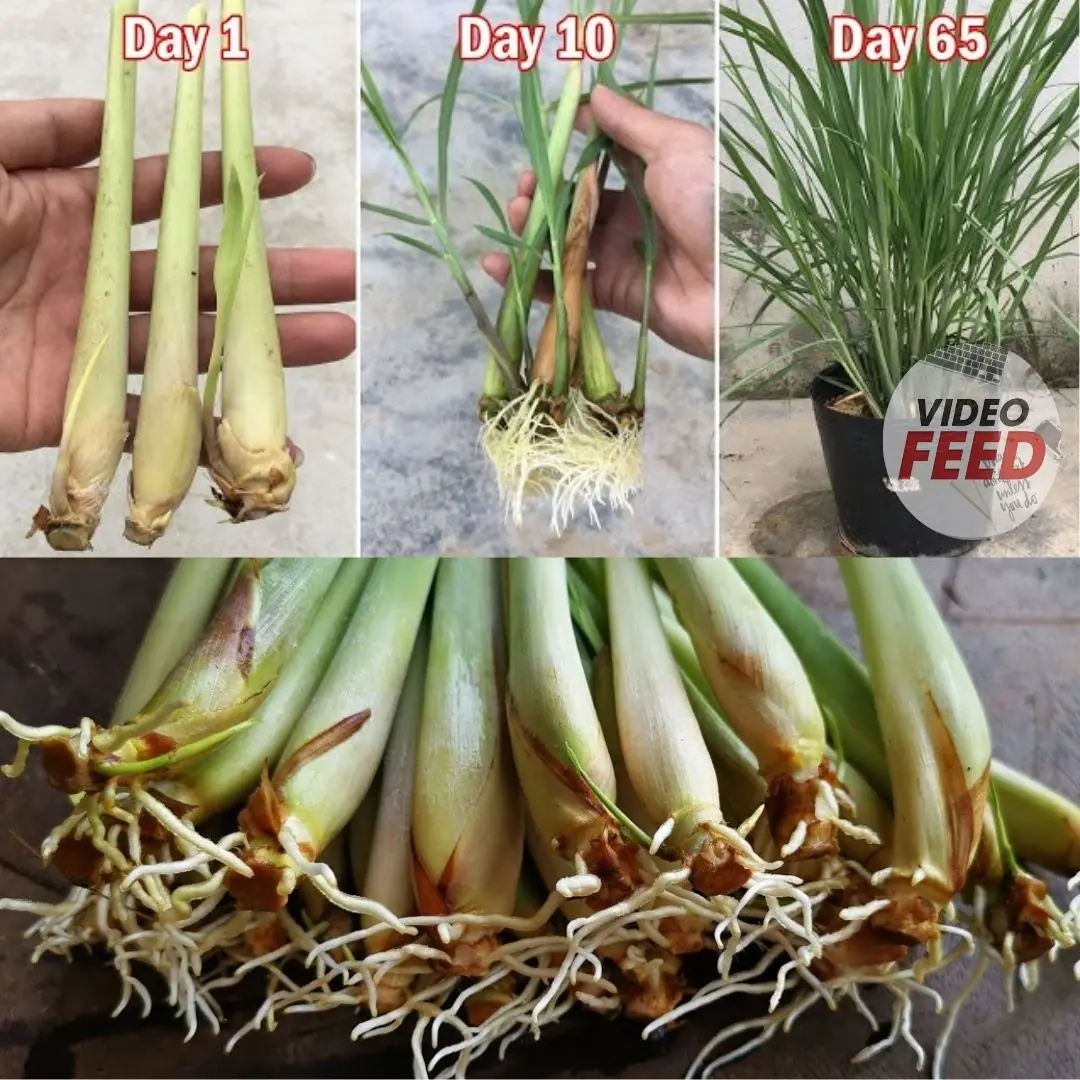
Secrets to growing lemongrass at home – easy to do, suitable for beginners
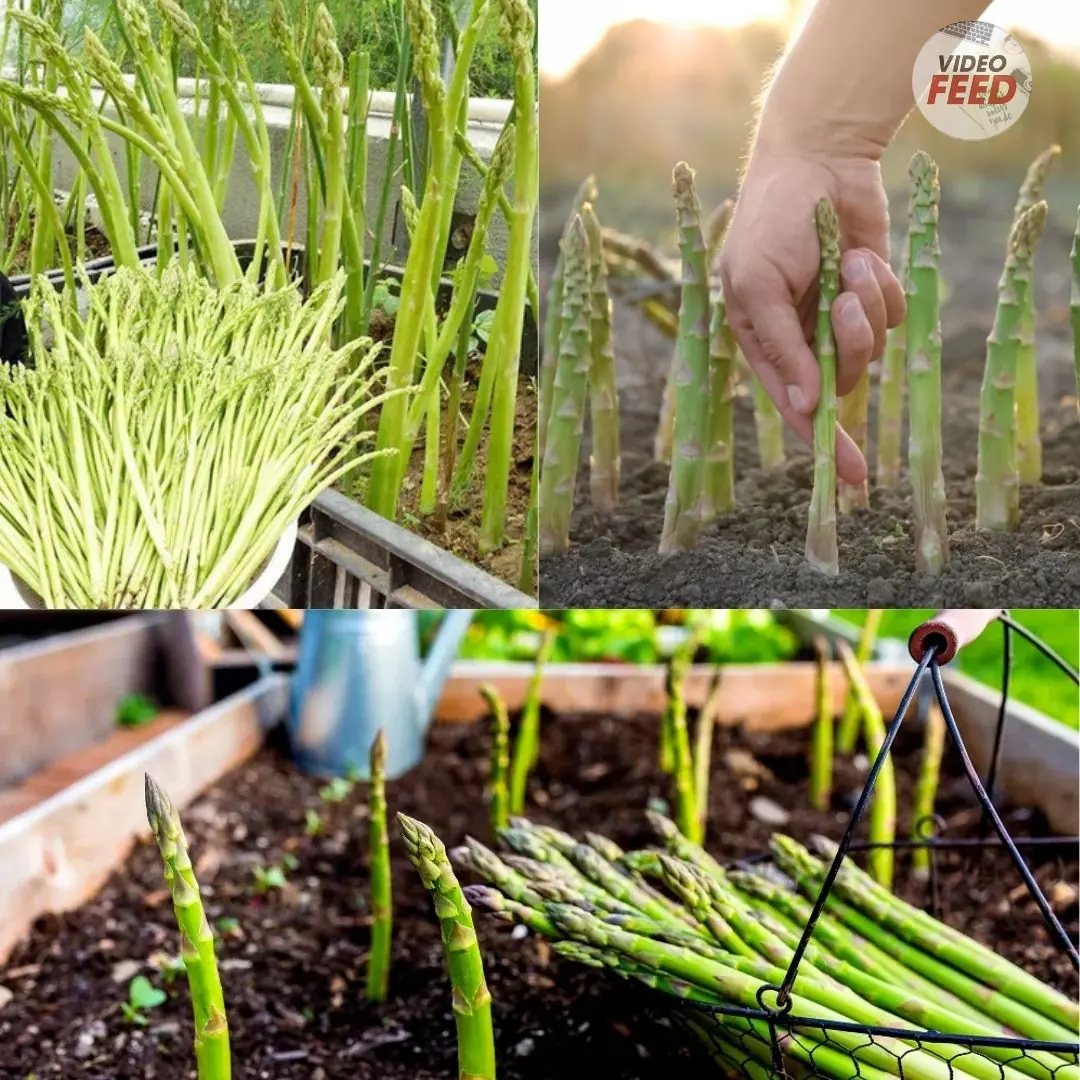
Grow Your Own Asparagus Plants
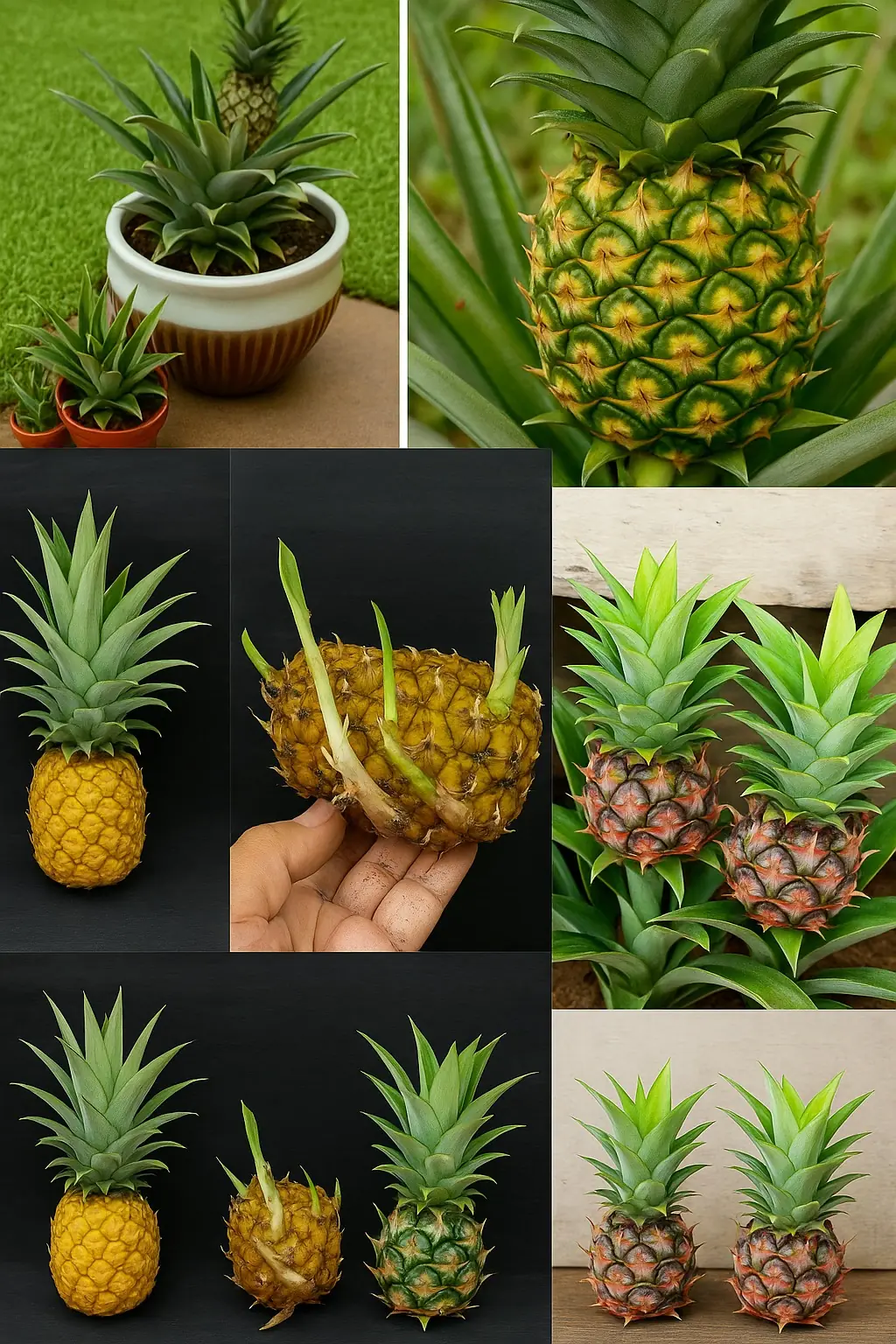
How to Grow a Pineapple at Home: Simple and Fast
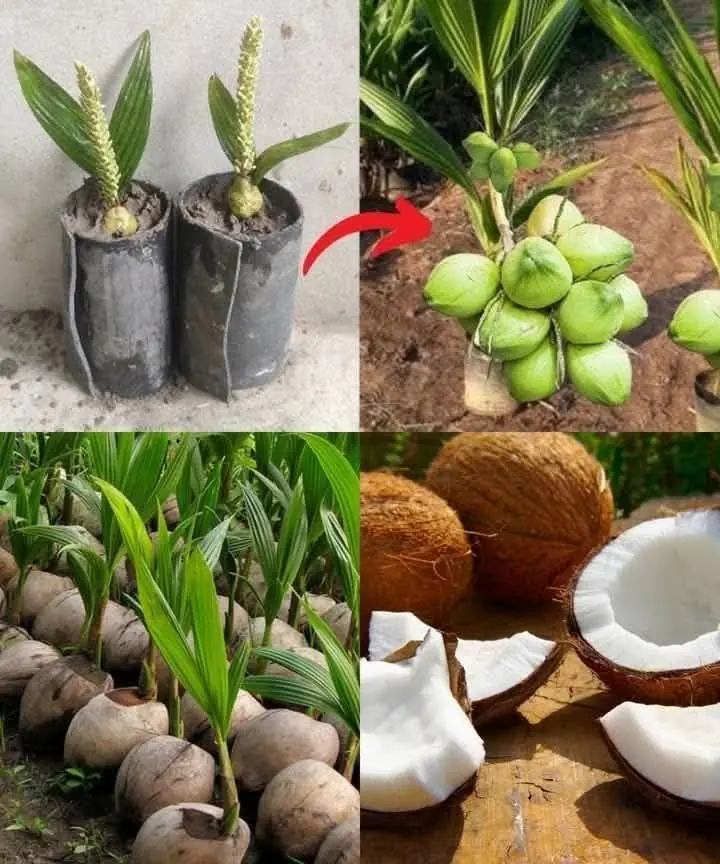
How To Grow Coconut Tree From Coconut Fruit
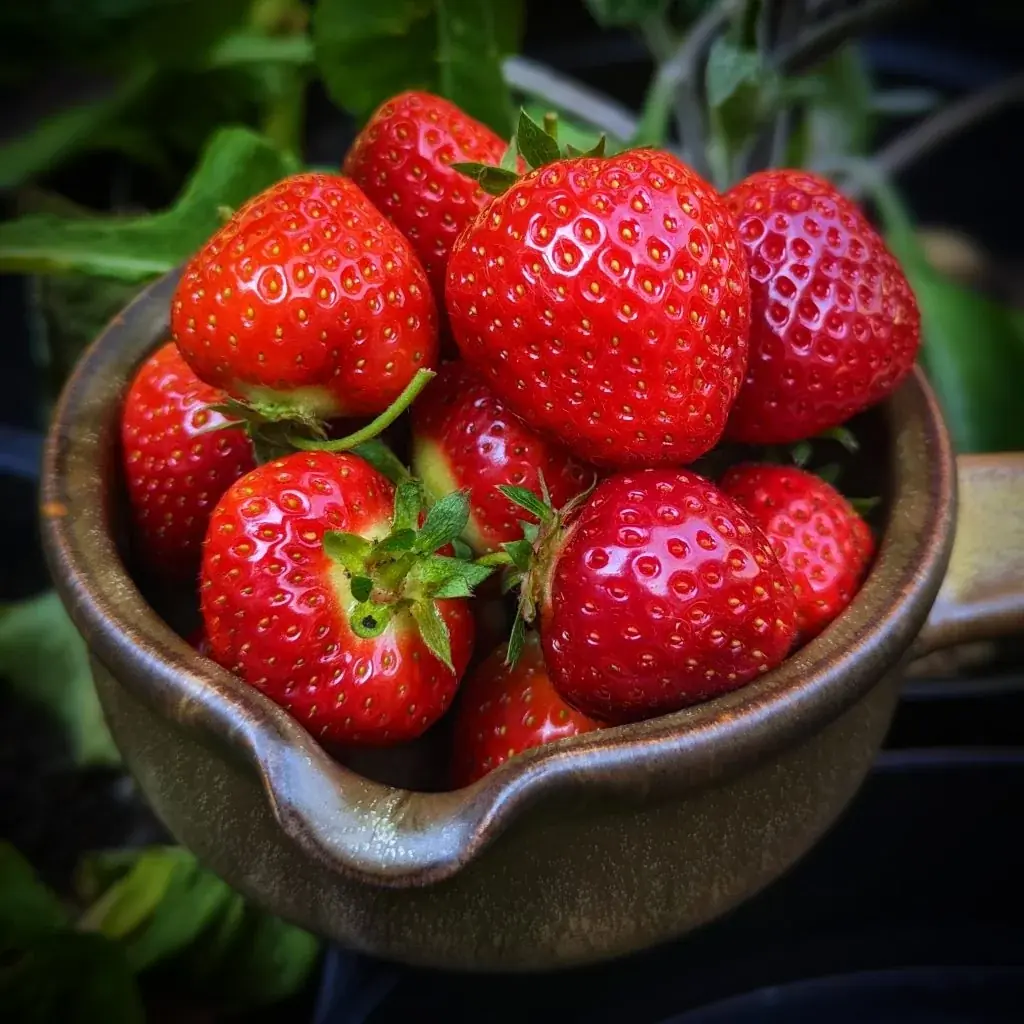
How To Grow Strawberries From Seed
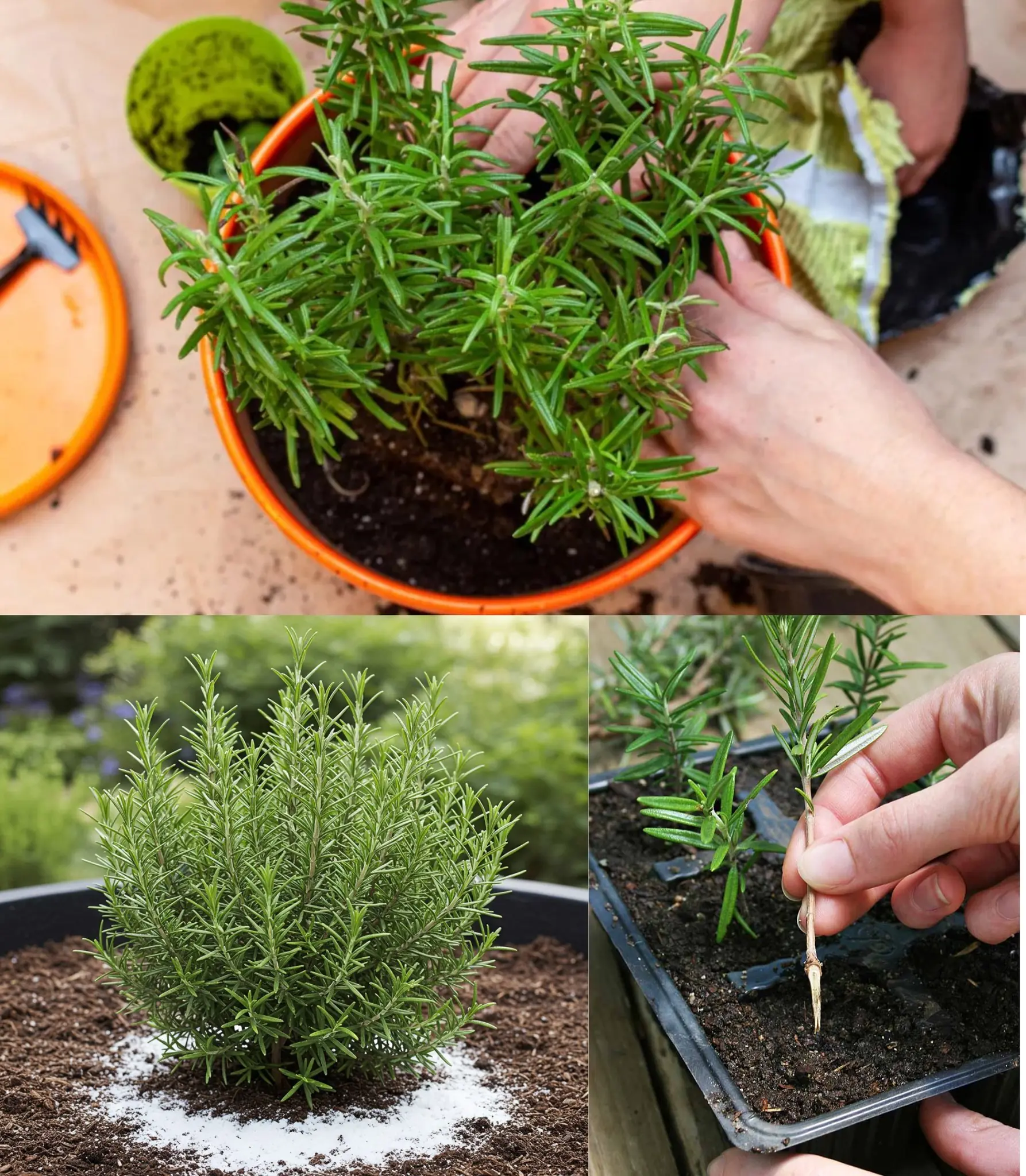
Rosemary Never Dries Again – Here’s the Gardener’s Trick!
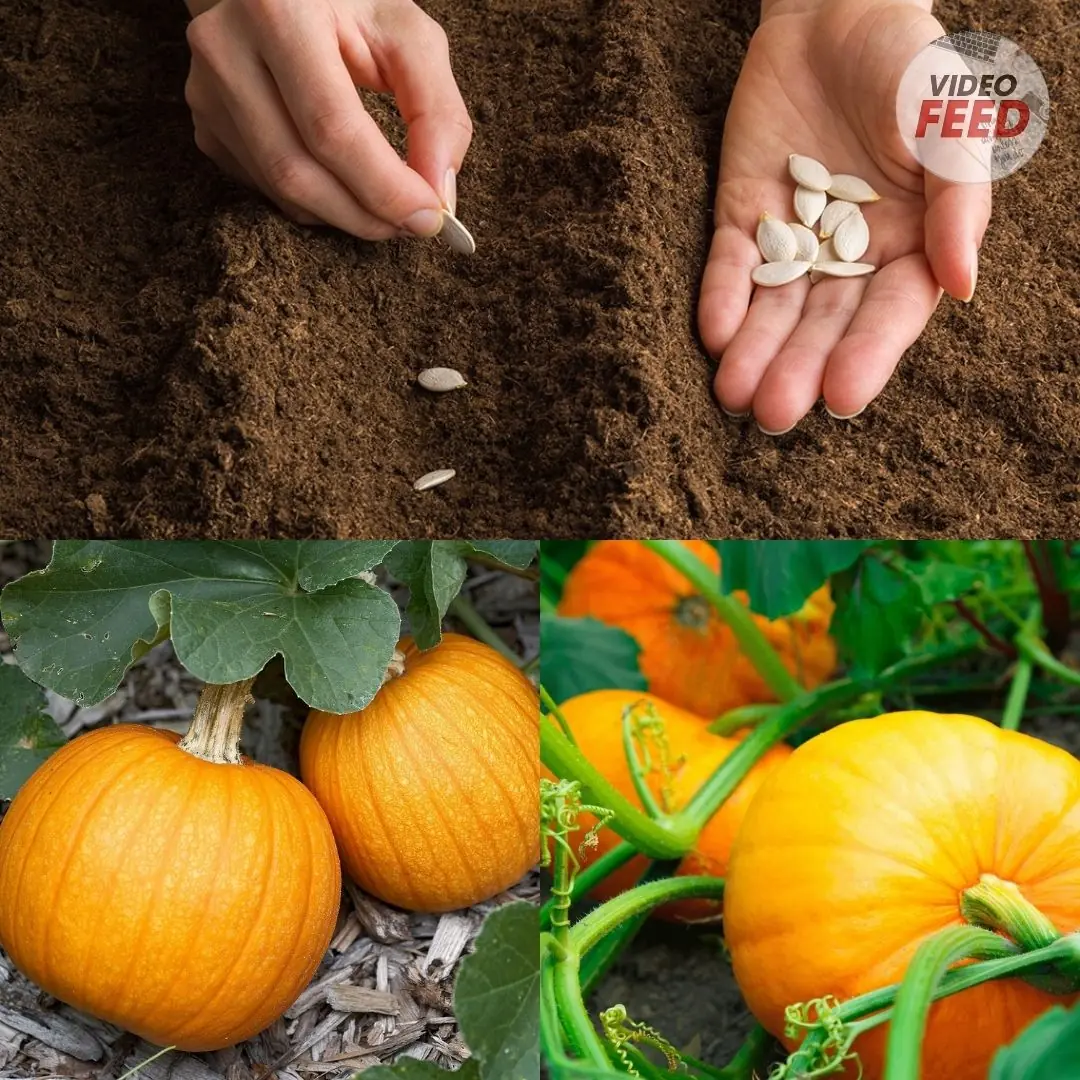
How to Grow Pumpkins in Your Home Garden
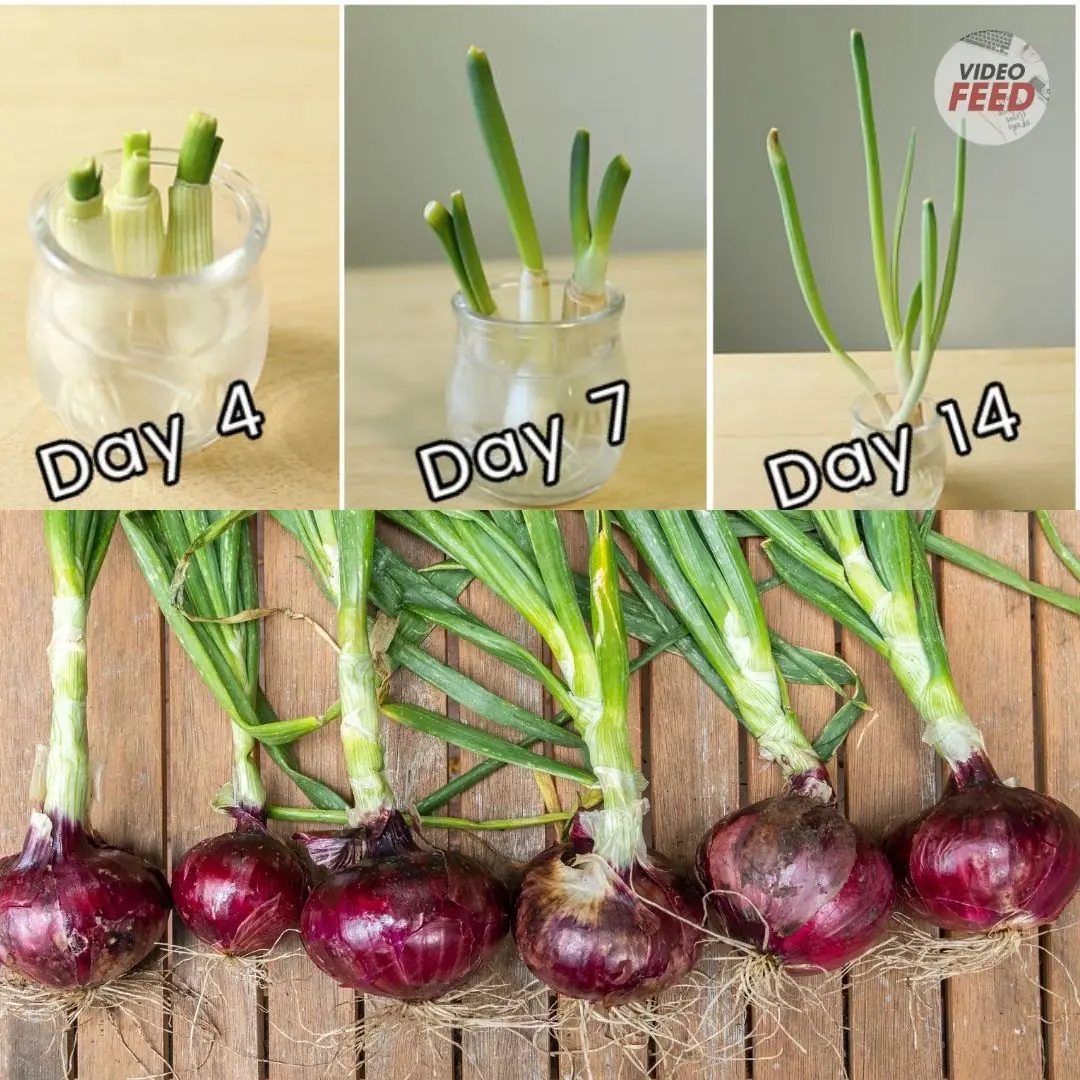
How to Grow and Care for Red Onions in the Garden
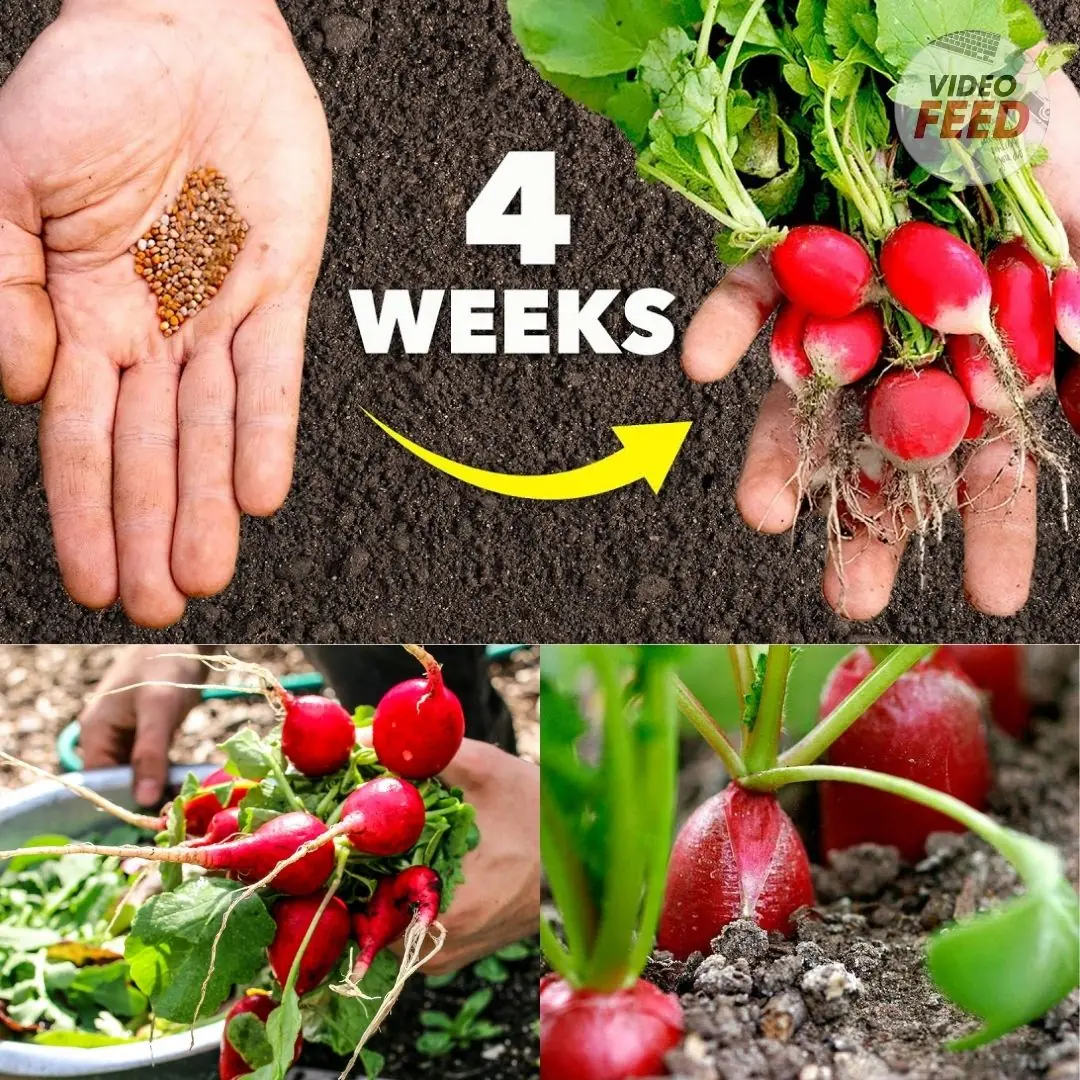
6 Easy Steps to Plant Radish Seeds in an Organic Kitchen Garden
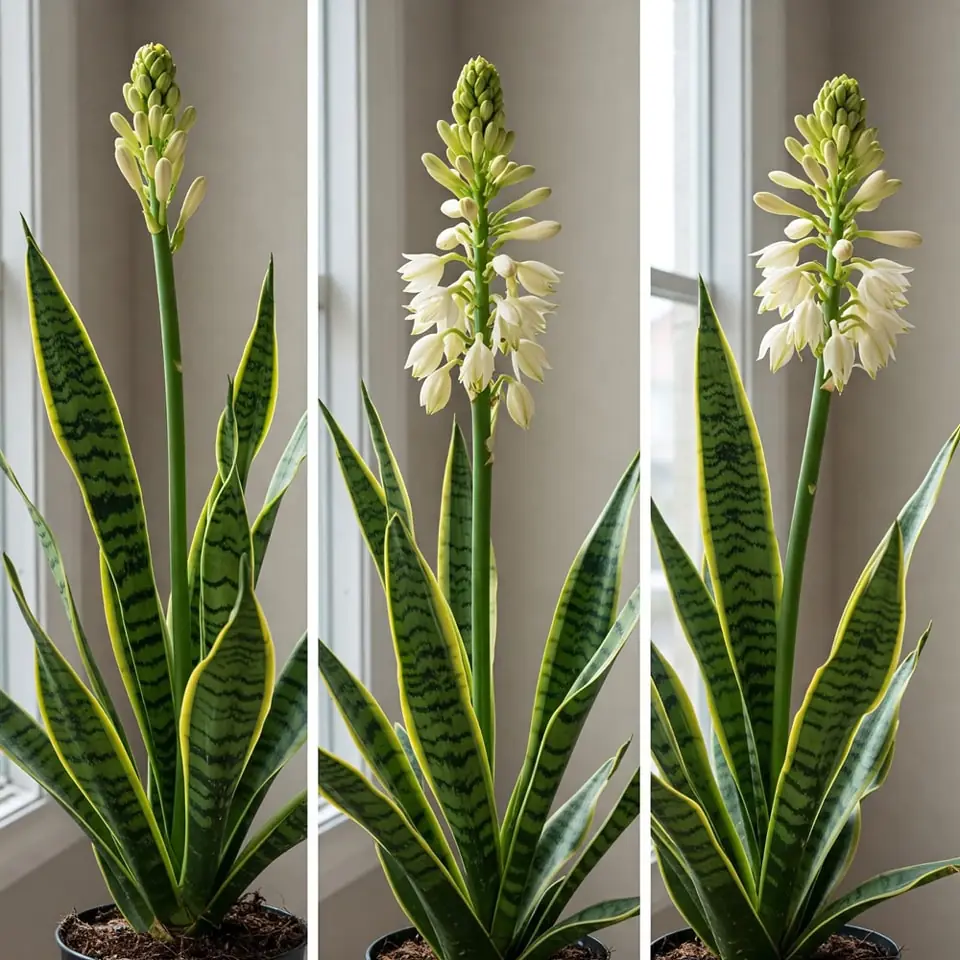
Snake Plants and Their Rare Blooming Phenomenon: A Guide to Encouraging Flowers
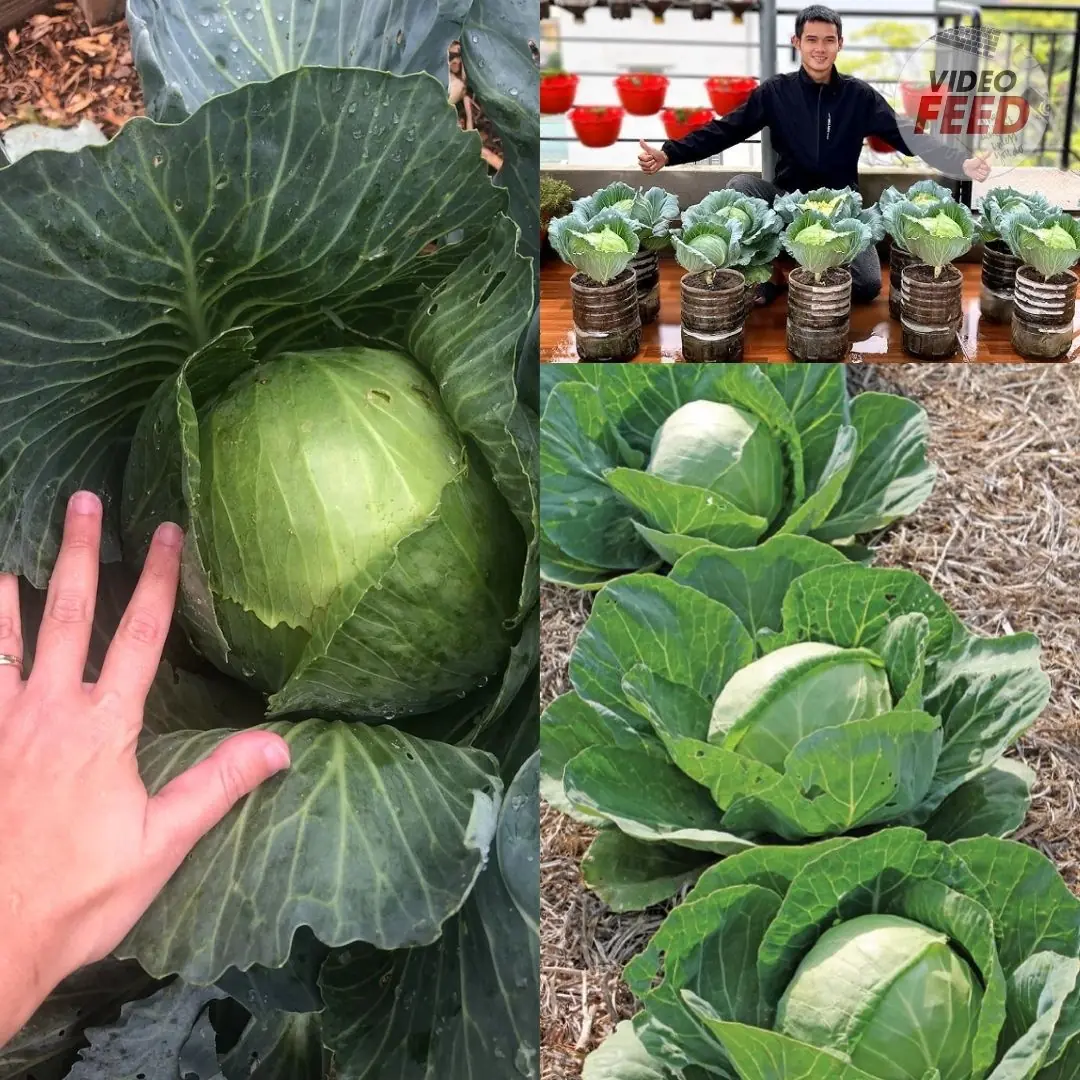
How to Grow Cabbage: 10 Tips for a Successful Harvest
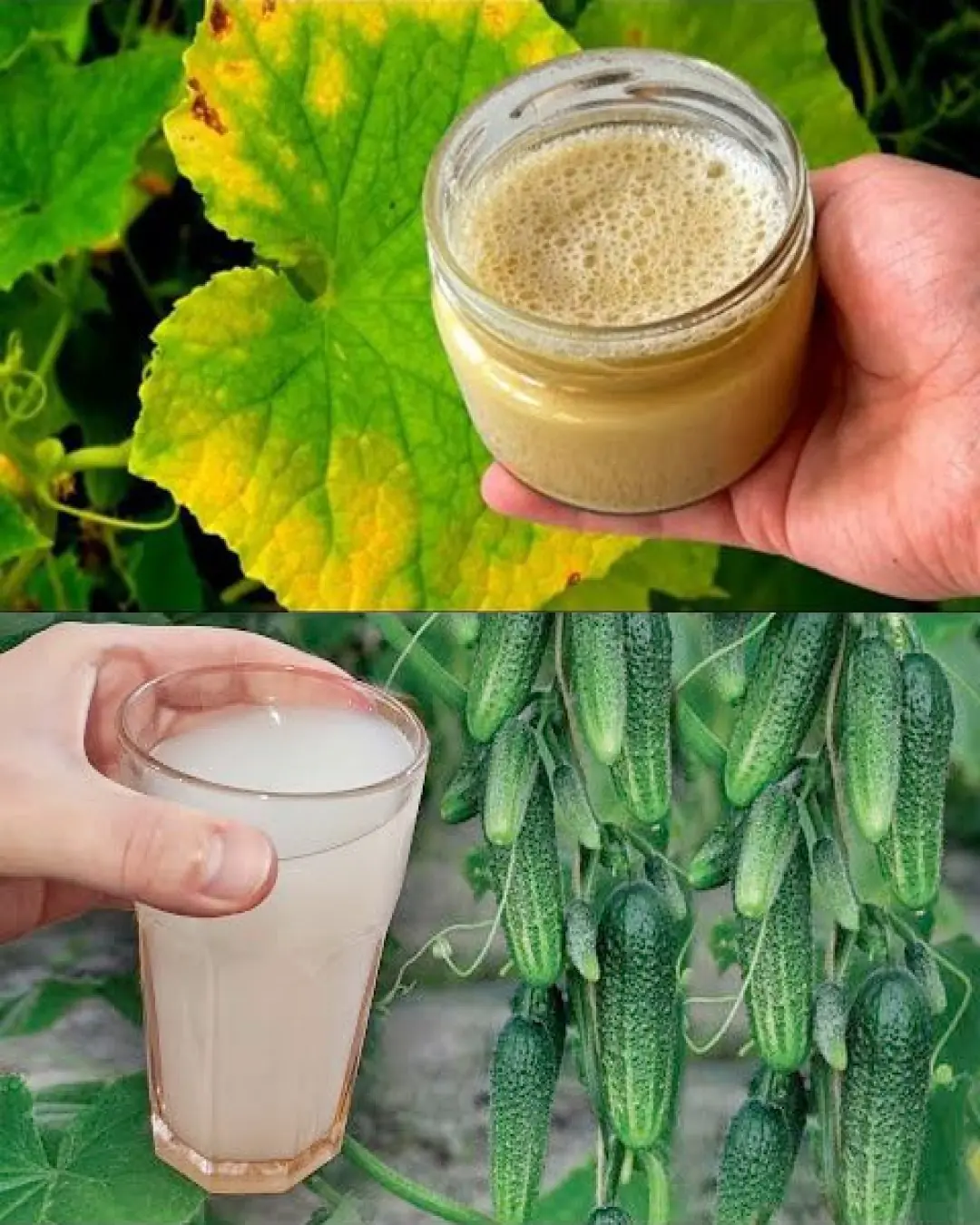
The Power of Yeast: A Natural Booster for Growing Tomatoes, Peppers, and Cucumbers
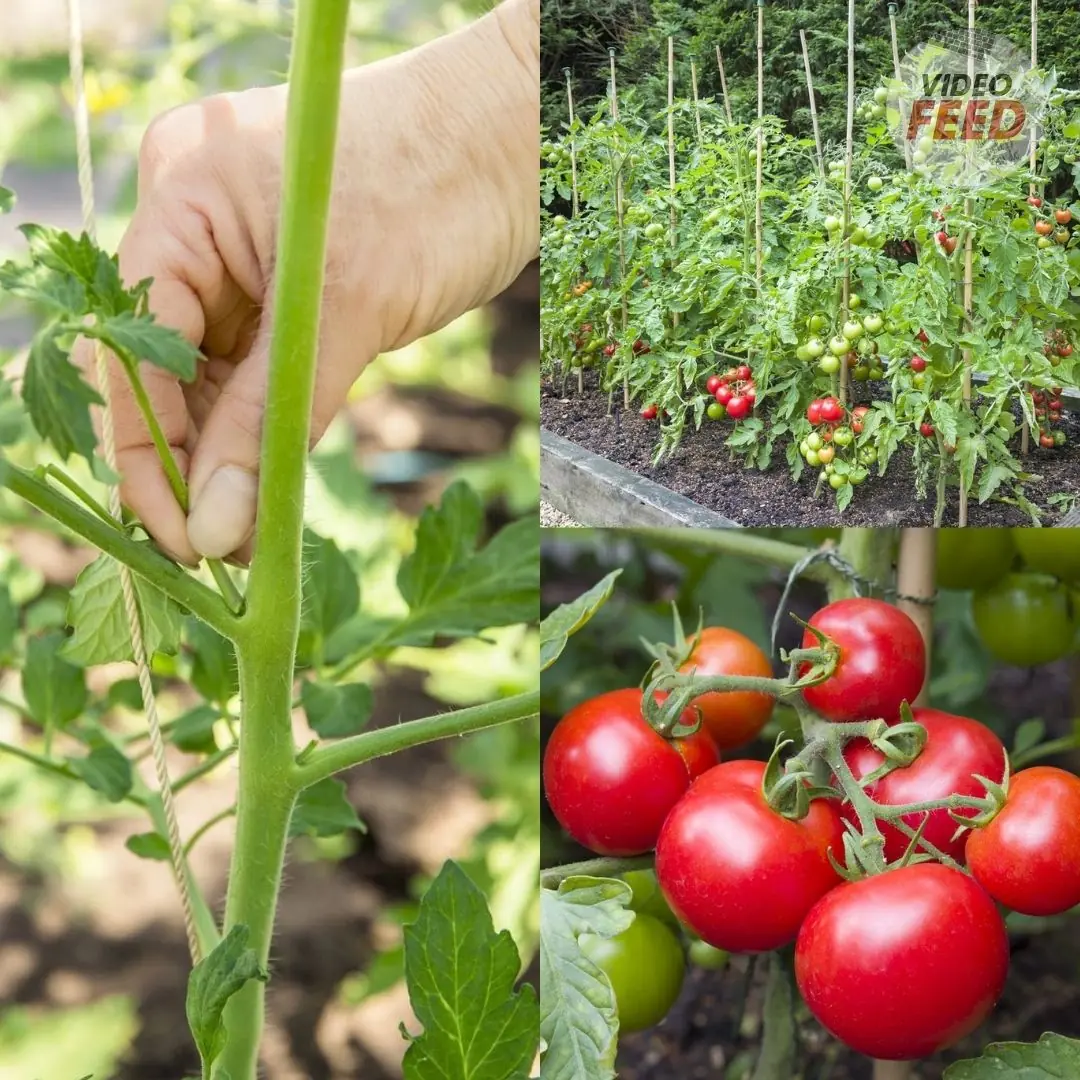
The 8 Biggest Tomato Growing Mistakes, According to Experts
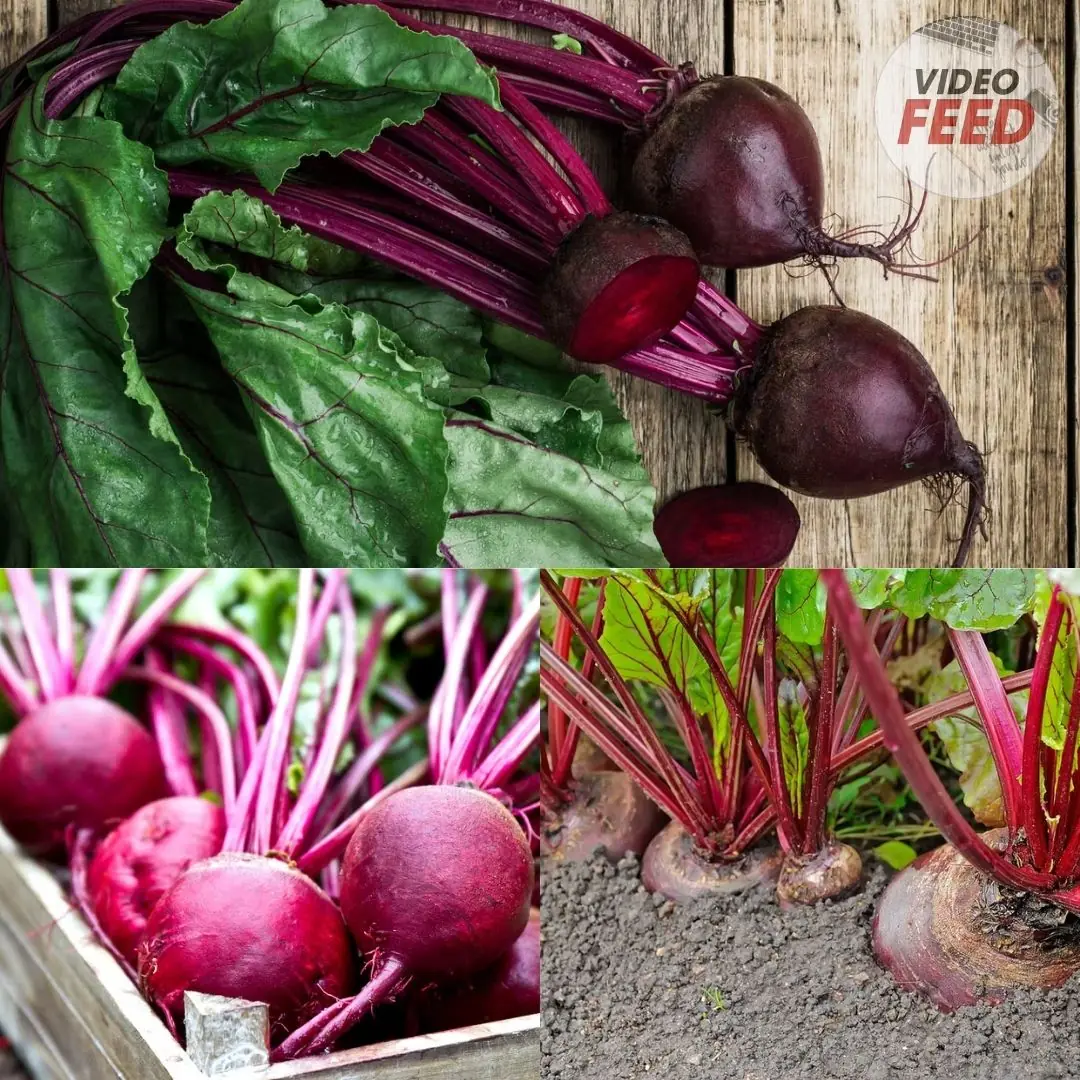
How to Grow Beets This Fall for a Hearty Autumn Harvest
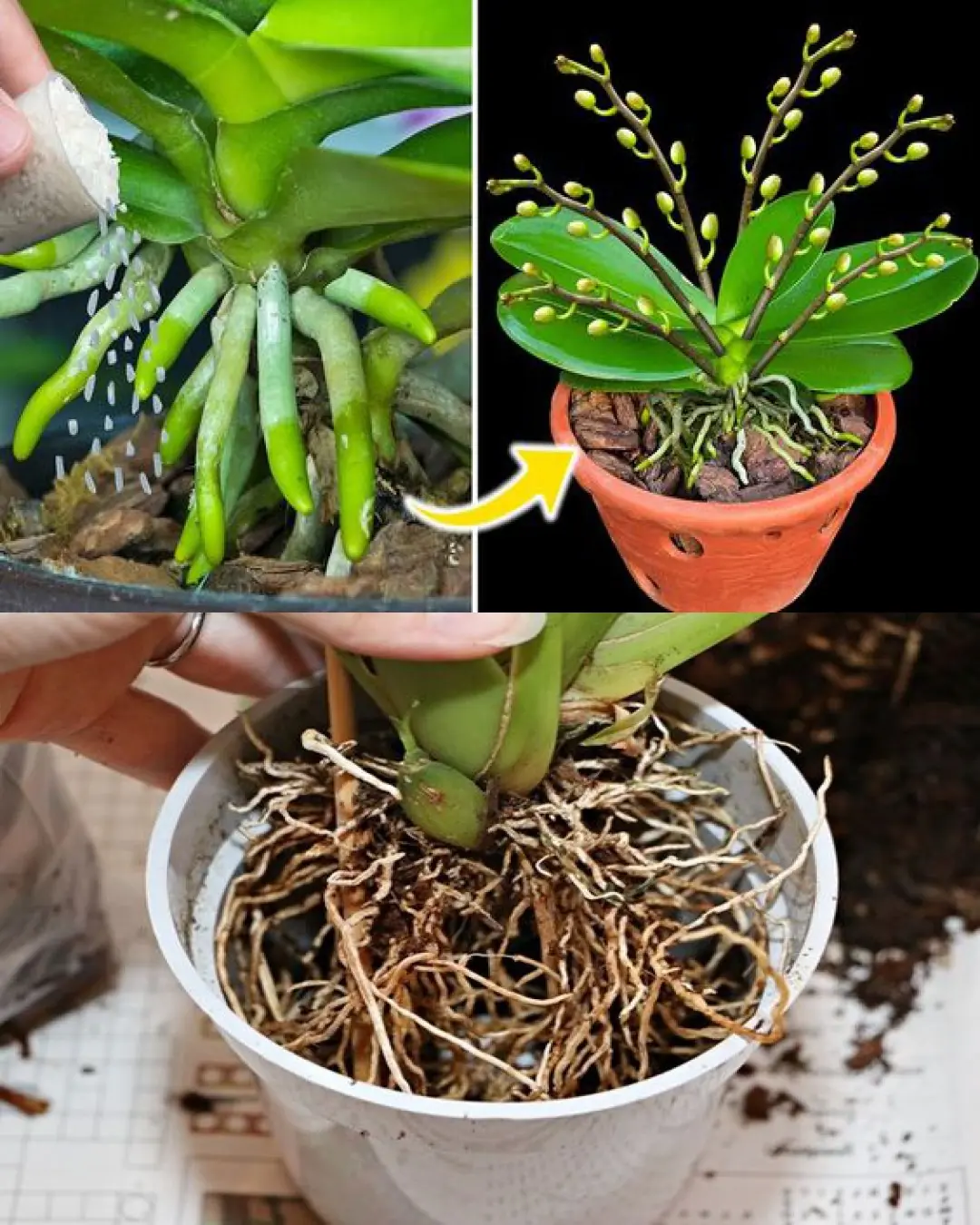
Deciphering Orchid Roots: Reasons They Extend Beyond Pots and Recommended Actions
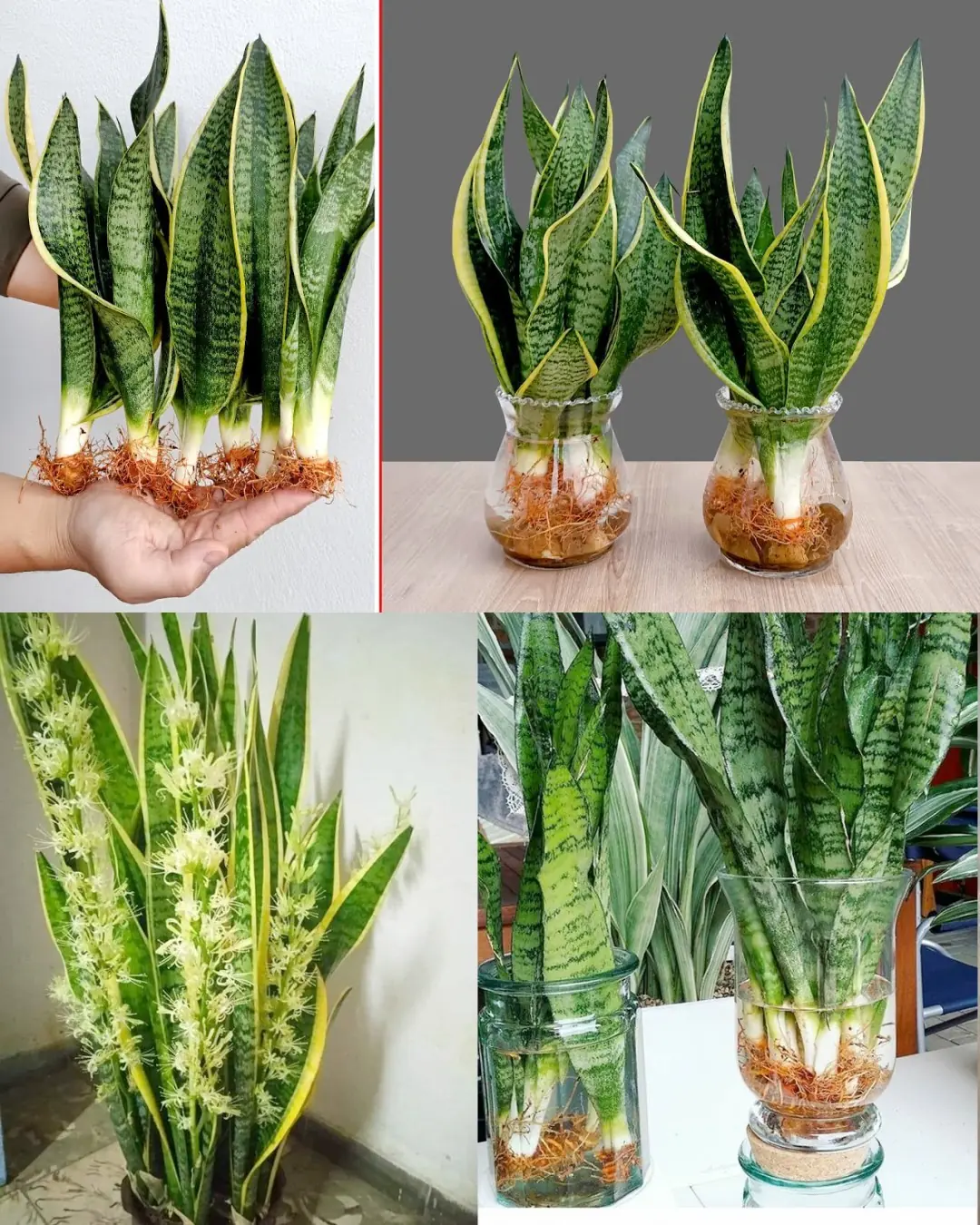
How to Multiply Your Sansevieria Quickly: From One Plant to a Thriving Collection
News Post

15 Years Can.cer-Free: Japanese Doctor Shares 5 Simple Habits to Keep Can.cer Cells from Returning

3 familiar household items that are harmful to health

6 eating habits that silently destroy your health

Diabetics are ‘very afraid’ of a spice that is abundant in the market: American experts say it is ‘as good as prescription drugs’
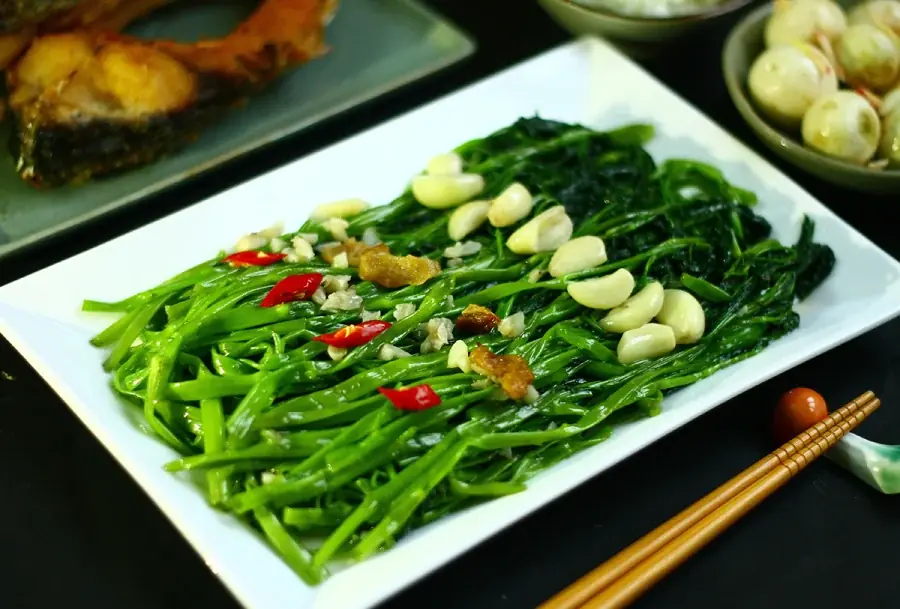
7 “Golden” Summer Vegetables: Fresh, Chemical-Free, and Worth Eating Every Day

Rub Ginger on the Soles of Your Feet Before Bed, and You’ll Experience Its “Miraculous” Health Benefits

When Installing an Air Conditioner, Avoid These 4 Spots to Protect Your Family’s Health

10 Tips for Growing a Big Pepper Harvest

How to Grow Kiwi in Containers at Home

What happens to your body if you drink orange juice every day?

Revitalizing Orchids Using Tea: A Comprehensive Guide with Handy Tips
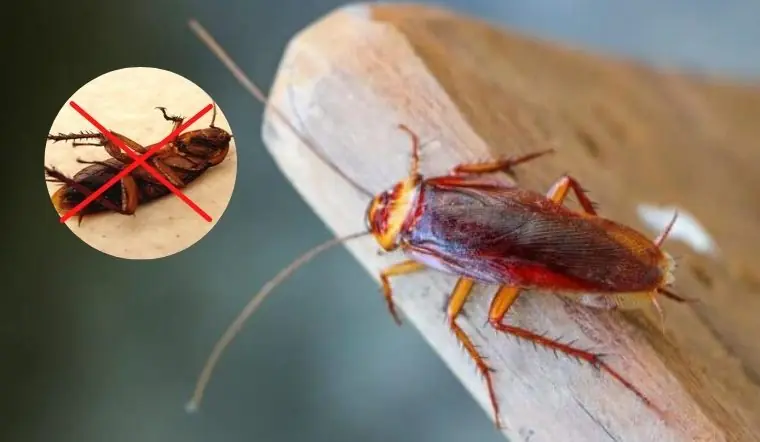
4 effective ways to ensure your home is free of cockroaches

Are two-headed snakes real? Why does this phenomenon occur?

A cup of hot water can offer many health benefits
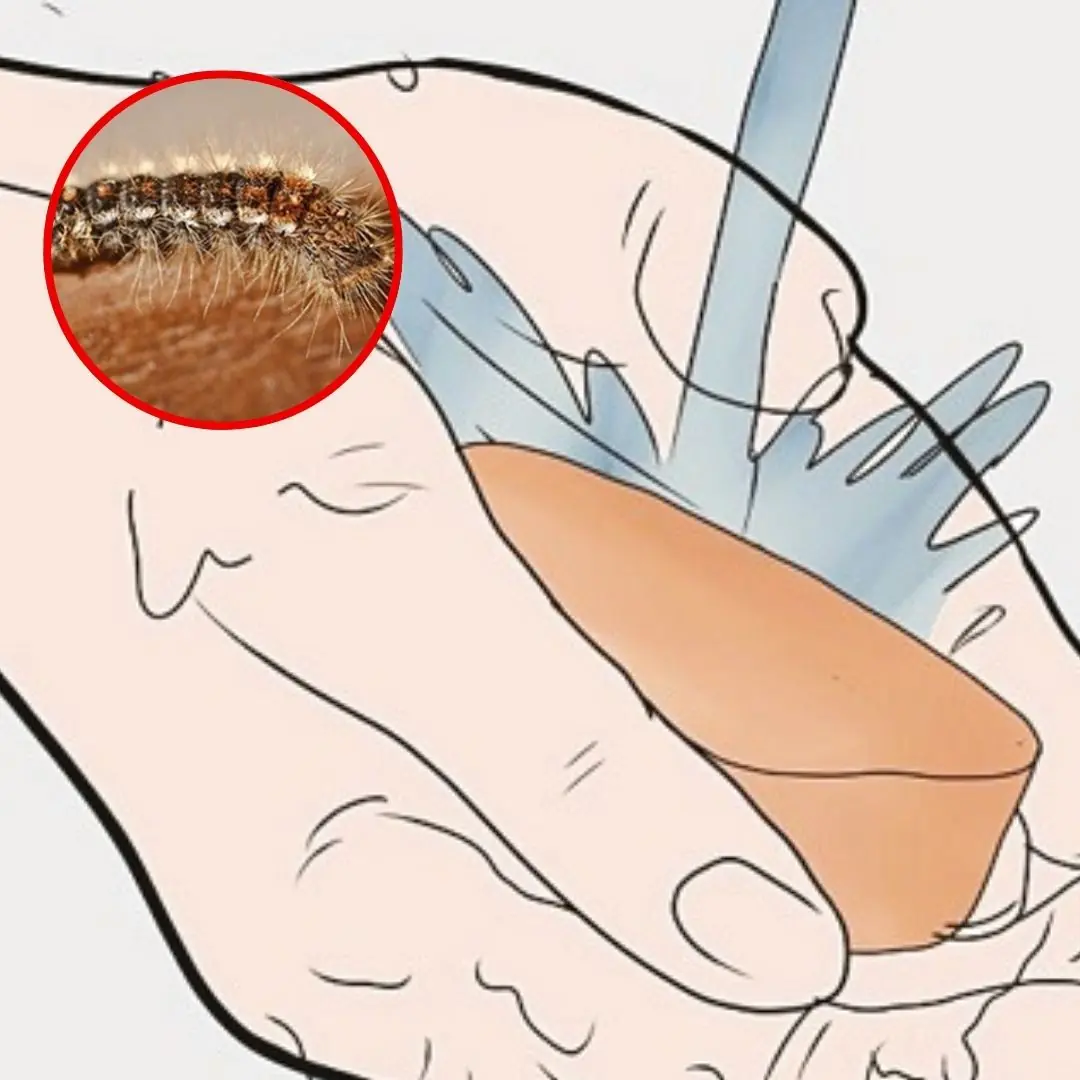
Caterpillar on you: 5 simple steps to treat at home

Otitis media – the “hidden culprit” causing vestibular disorders that many people ignore

Don't drink water before bed but still urinate at night, beware of these 3 diseases

Secrets to growing lemongrass at home – easy to do, suitable for beginners
